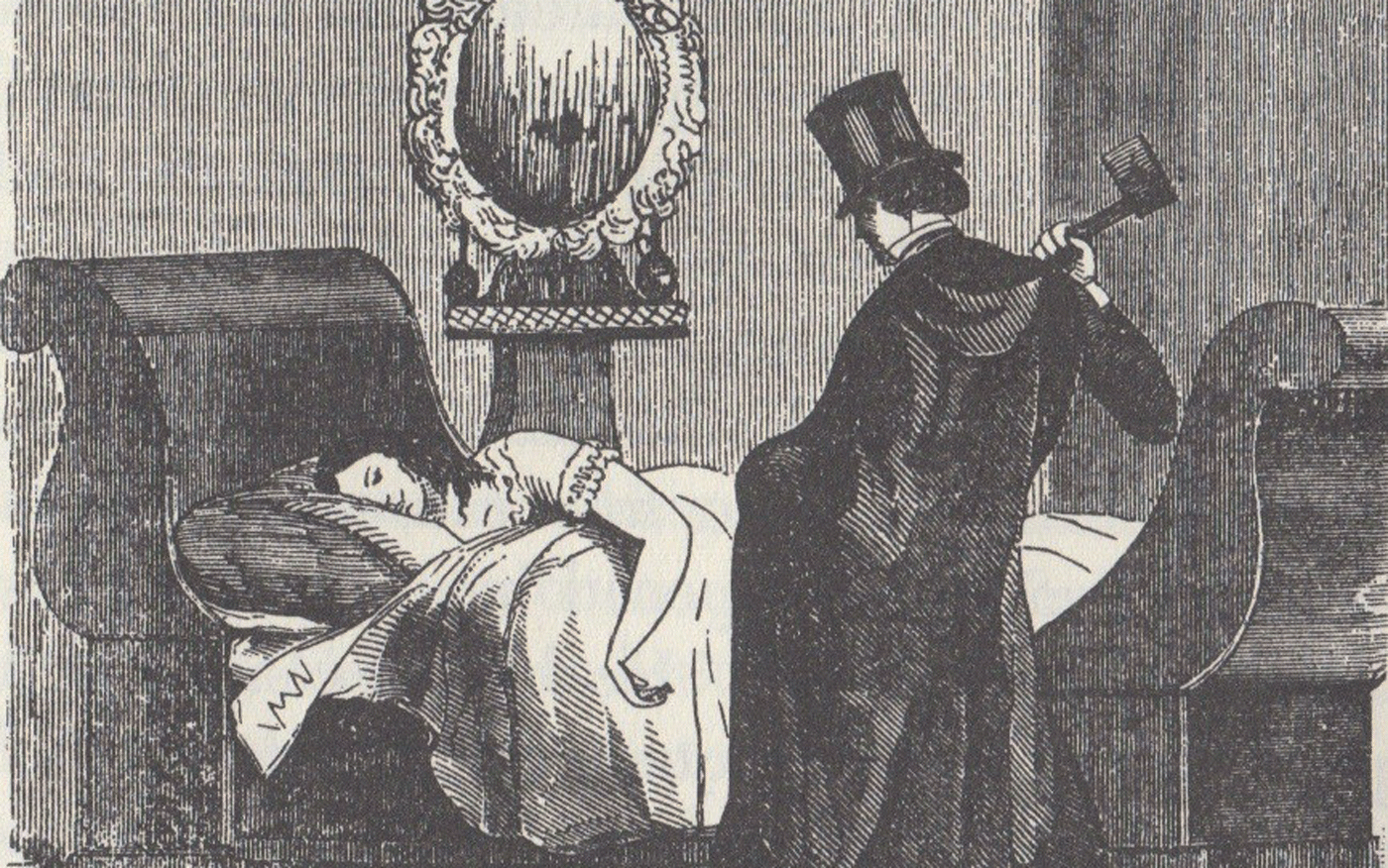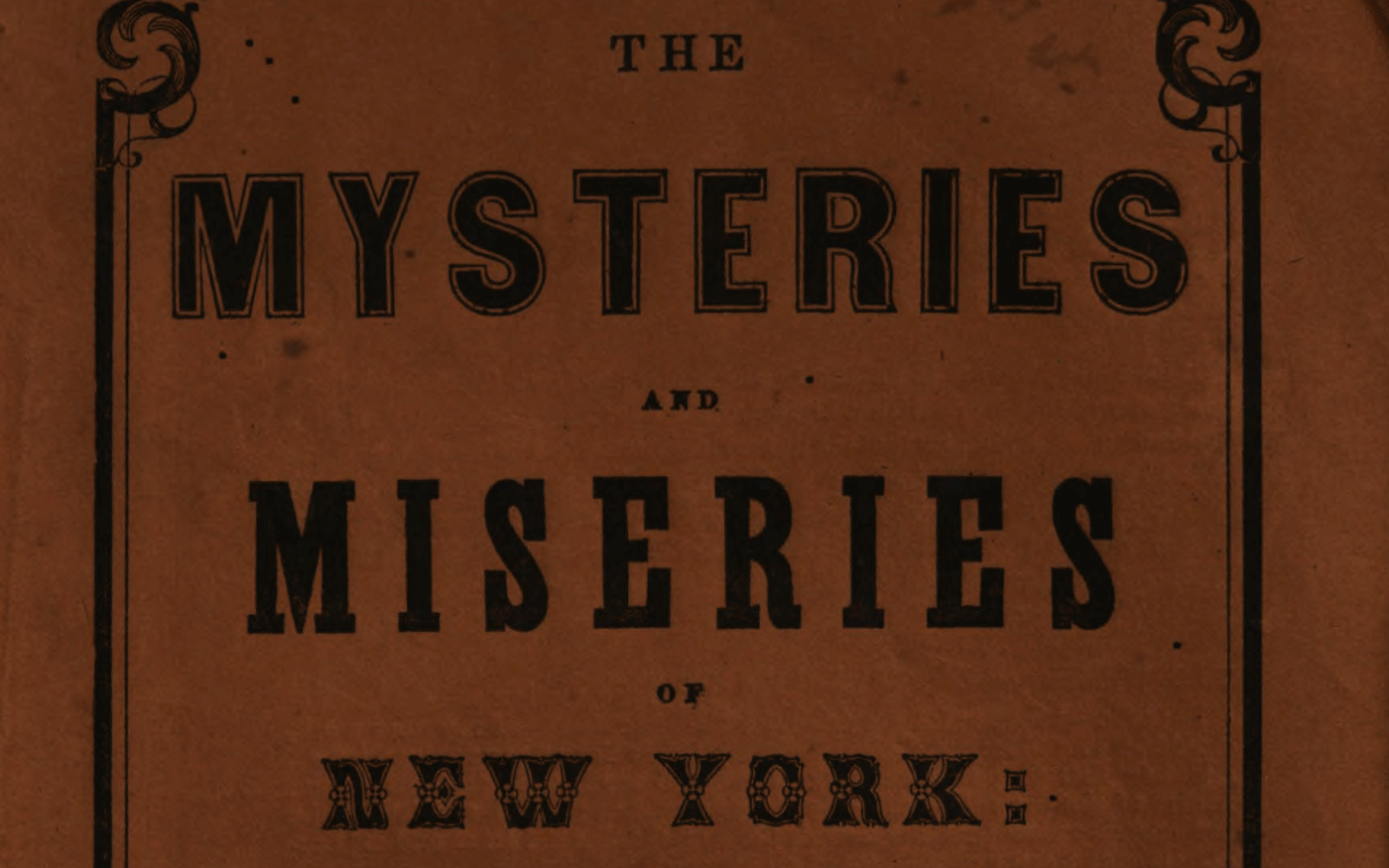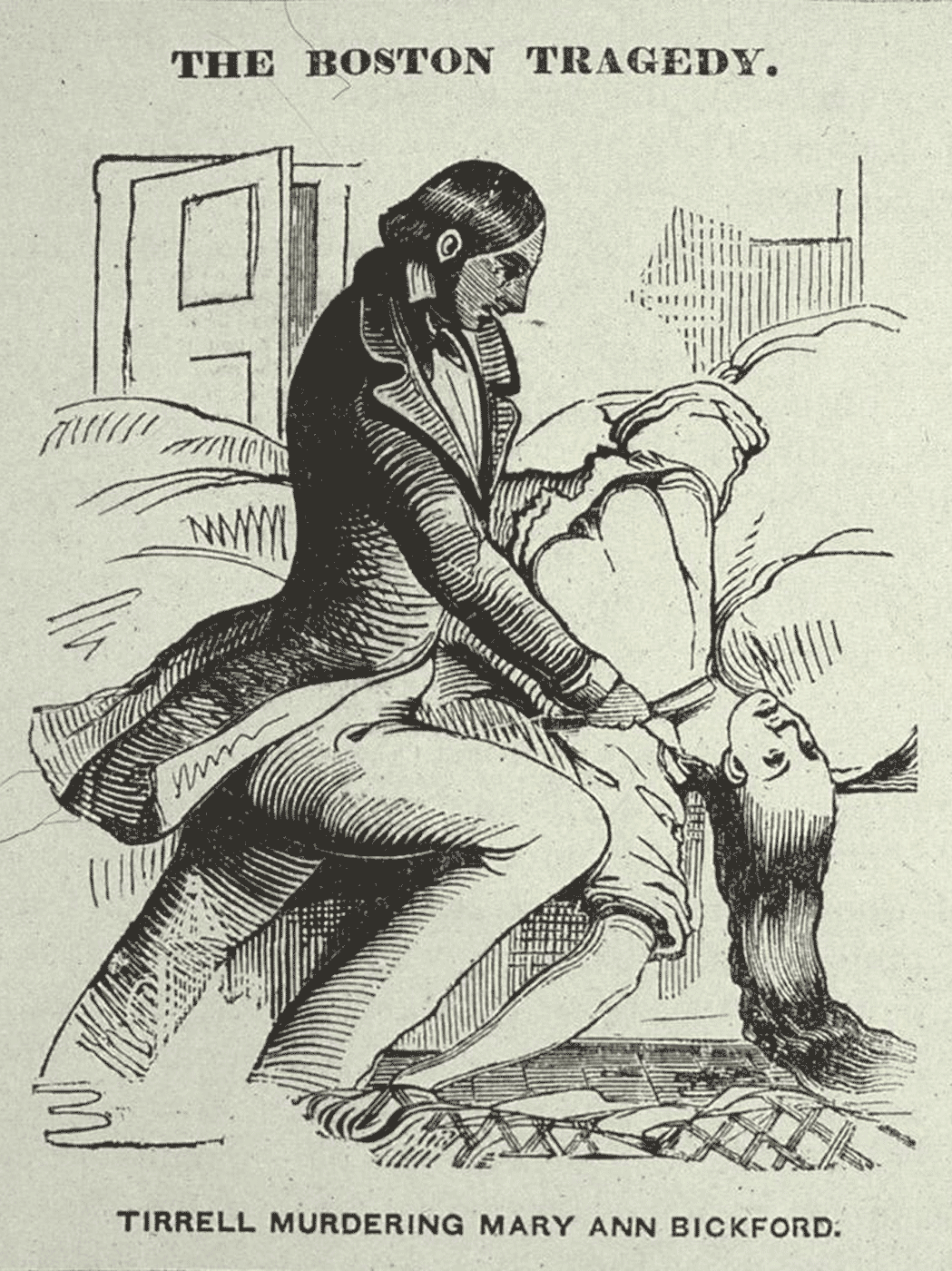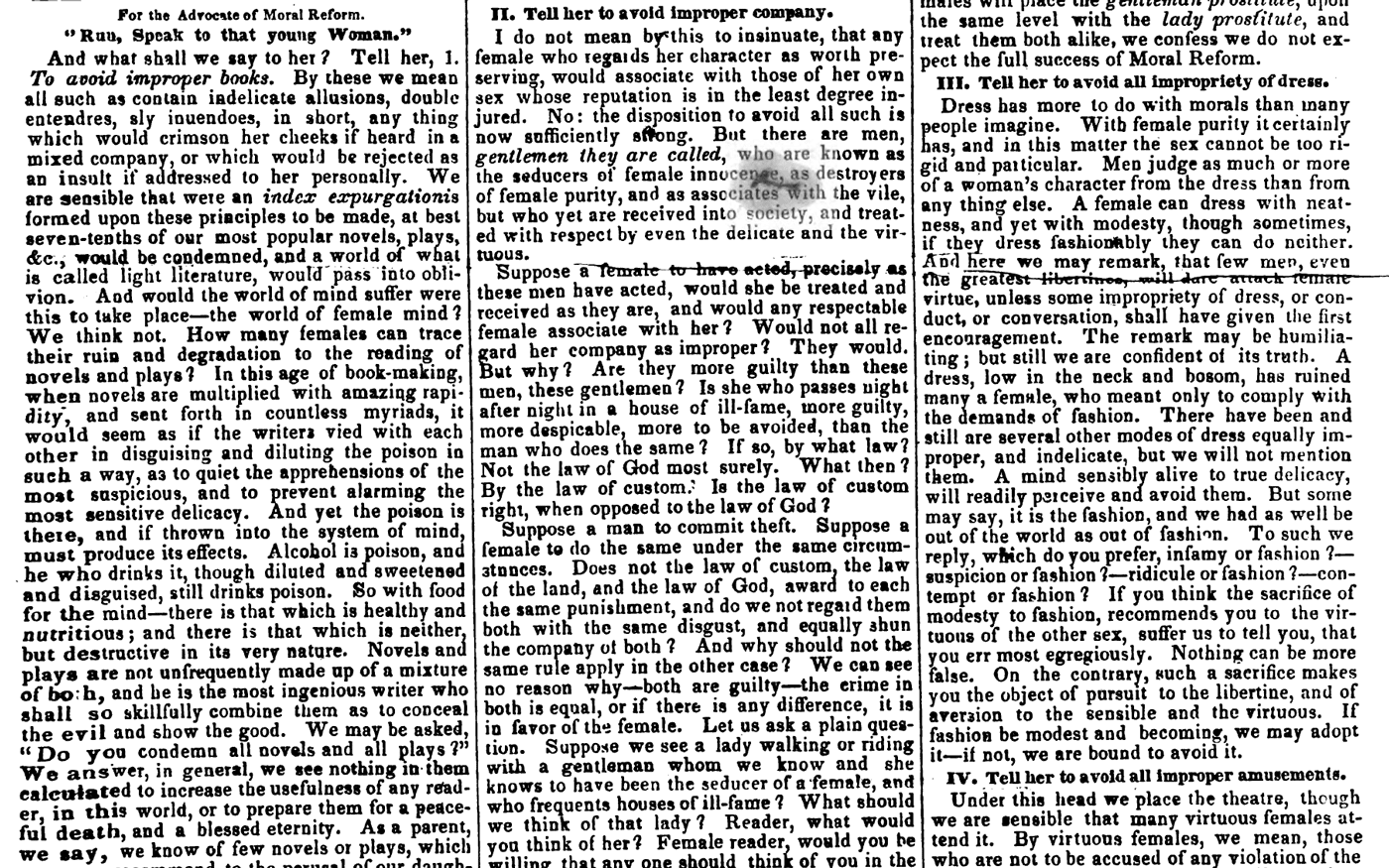

Writing
January 2016 - March 2017
Patricia Kennedy Prize
Granader Family Prize for Excellence in Upper-Level Writing
Arthur Fondiler Award for Best Undergraduate History Thesis (Runner-Up)
In antebellum America, newspapers, periodicals, and novels were plastered with discussions of prostitution. While these accounts were often sensationalized, they show how prostitution ignited anxieties during a time of immense change. The Brothel on the Page examines how the press both reflected and reinforced antebellum ideas about gender, sexuality, youth, and urbanization.

Published in 1848, Ned Buntline's Mysteries and Miseries of New York was a popular sensationalist novel that told the story of an young girl lured into a brothel.
The Honors Program in the Department of History at the University of Michigan allows undergraduates to conduct original historical research and write a 60-100 page thesis. Students select a topic of interest, identify primary and secondary sources, and choose an advisor during their junior year before researching and writing during their senior year.
During my time at Michigan, I developed a love for nineteenth century gender and cultural history. When I first heard about Helen Jewett, a New York City prostitute whose 1836 murder was sensationalized in the press for years, I knew I needed to learn more.

Though less famous than Helen Jewett, Maria Bickford was another prostitute murdered by one of her paramours. Her death was covered in papers like The National Police Gazette for months.
Print historians are lucky. Because our sources were mass-produced and sold on street corners, they’re much easier to access than some other primary documents. My source bases—a masculine weekly crime gazette, an evangelical women’s periodical, and a collection of sensationalist novels—were all available digitally or at the Clements Library on Michigan’s campus.
I spent the summer reading those sources, along with existing scholarship related to my interests. By the fall, I began seeing patterns in my research. For the rest of the year, I wrote, working with my advisor to refine my ideas and make an argument about what could be learned from sensationalist writing about sex.

The Advocate of Moral Reform frequently called on its readers—Christian mothers—to take action in the fight against prostitution.
Stories about prostitution in the antebellum era follow a remarkably similar trajectory. Teenage girls “fall from grace” when seduced by lecherous men, and after years in a brothel, they succumb to some horrific death.
This story remains consistent across accounts, but authors assigned blame for prostitution in distinct and telling ways. Some blamed prostitutes themselves; others blamed the men who seduced them; still others blamed parents for insufficient moral instruction or brothel madams for profiting on "sexual ruin." Authors assigned blame in ways that not only reflected their own attitudes towards sexuality, but also those of their readers—their goal, after all, was to sell.
The Brothel on the Page explores this trend in full. In addition to receiving highest honors, the project also won the Patricia Kennedy Prize, the Granader Family Prize for Excellence in Upper-Level Writing, and the Arthur Fondiler Award for Best Undergraduate History Thesis (Runner-Up).